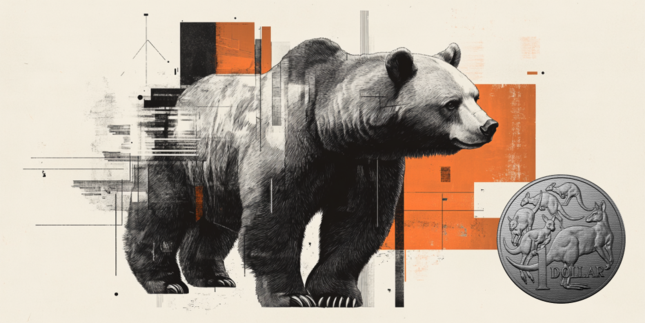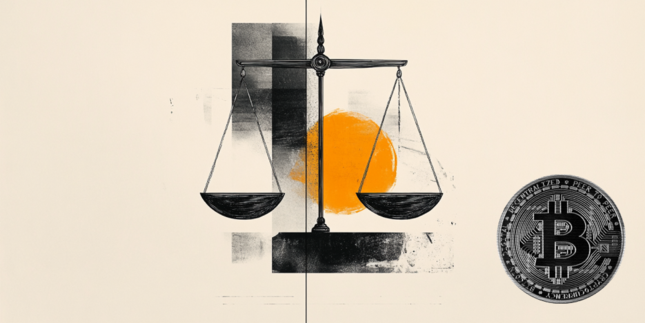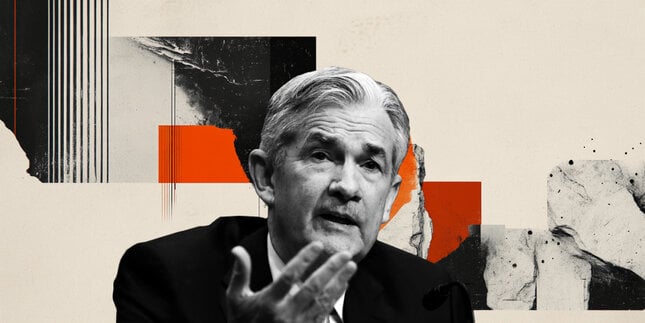The US dollar's position as the primary global reserve currency is being challenged as countries become eager to insulate themselves from Washington’s influence.
For decades, the dollar has dominated the global monetary system. Currently, about 60 percent of foreign exchange reserves held by central banks are in US dollars, and nearly 90 percent of all currency transactions involve the use of the dollar.
However, the dollar's reserve status began to decline in 2014 when some major global powers began to de-dollarize their business dealings. The War in Ukraine, and the subsequent sanctions that it inspired have accelerated the de-dollarization process. For one, Chinese authorities were surprised by the seizure of the Russian central bank's foreign exchange reserves following the Ukraine invasion. In the event of a conflict between the US and China, Chinese assets could also be at risk.
Recent de-dollarization events include:
- During a press briefing at the Davos forum in January, Saudi Arabia's Finance Minister Mohammed Al-Jadaan surprised journalists by stating that the oil-rich nation was willing to consider trading in currencies other than the US dollar for the first time in 48 years.
- Last week, Chinese and French energy companies completed the first-ever deal on liquefied natural gas (LNG) in China using the renminbi yuan currency. The trade involved the import of 65,000 tons of LNG from the United Arab Emirates and represents a significant milestone in Beijing's efforts to challenge the US dollar's position as the universal "petrodollar" for gas and oil trade.
- Brazil has also recently announced an agreement with China to trade directly in their own currencies, bypassing the US dollar as an intermediary.
- India is also making efforts to reduce the US dollar's dominance in international trade by launching separate programs to settle transactions in their own currencies. The Reserve Bank of India recently allowed central banks from 18 countries to open special Vostro Rupee Accounts (SVRAs) to settle payments in Indian rupees.
Overall, the US dollar's share of the global market has decreased from 71 percent to 59 percent over the last two decades and could shrink even further in the future. The primary victim in this scenario is the United States, as currency usage in global trade is a zero-sum game. Each time a yuan, real, or rupee is exchanged on the global market, a dollar is not. If credible alternatives gain steam, the dominance of America in the global market will be compromised.
Risk Warning: Trading foreign exchange on margin carries a high level of risk and may not be suitable for all investors. The high degree of leverage can work against you as well as for you. Before deciding to trade foreign exchange, you should carefully consider your investment objectives, level of experience, and risk appetite. The possibility exists that you could sustain a loss of some or all of your initial investment and, therefore, you should not invest money you cannot afford to lose. You should make yourself aware of all the risks associated with foreign exchange trading and seek advice from an independent financial adviser if you have any questions or concerns as to how a loss would affect your lifestyle.
Recommended Content
Editors’ Picks

NZD/USD holds the rebound near 0.5550 after RBNZ's expected 25 bps rate cut
NZD/USD holds the rebound near 0.5550 after the RBNZ delivered the expected 25 bps interest rate cut to 3.5%. The pair reached a five-year lows earlier this Wednesday amid the global meltdown on the back of tariffs-led recession fears and escalating US-China trade war.

AUD/USD recovers further to 0.6000 despite escalating US-China trade war
AUD/USD is building on its recovery from its lowest level since March 2020, retesting 0.6000 in Wednesday's Asian trading. The pair's upside appears elusive as officials confirmed that the US will proceed with a sweeping 104% tariff on Chinese imports starting this Wednesday.

Gold price extends its consolidative price move near multi-week low
Gold price remains confined in a range near a multi-week low touched on Monday amid mixed fundamental cues. The widening global trade war and recession fears lead to an extended sell-off in equity markets worldwide. Moreover, bets for more aggressive Fed rate cuts and a weaker USD act as a tailwind for the bullion.

Trump's tariffs could be beneficial for Bitcoin: Here's why
Bitcoin dropped below $76,000 on Tuesday as the crypto market extended its decline after President Donald Trump imposed an extra 50% tariff on China. Despite the immediate price dip, several crypto experts suggest that Bitcoin could see tremendous growth if the US Dollar continues to plunge.

The Fed is looking at a hefty price level
We are still in thrall to tariffs, the faux-macro “data” driving markets. The WSJ editorial board advised other countries to take their tariffs to zero so that Trump’s “reciprocal” tariffs will have to be zero, too. Cute, but no cigar.

The Best brokers to trade EUR/USD
SPONSORED Discover the top brokers for trading EUR/USD in 2025. Our list features brokers with competitive spreads, fast execution, and powerful platforms. Whether you're a beginner or an expert, find the right partner to navigate the dynamic Forex market.
